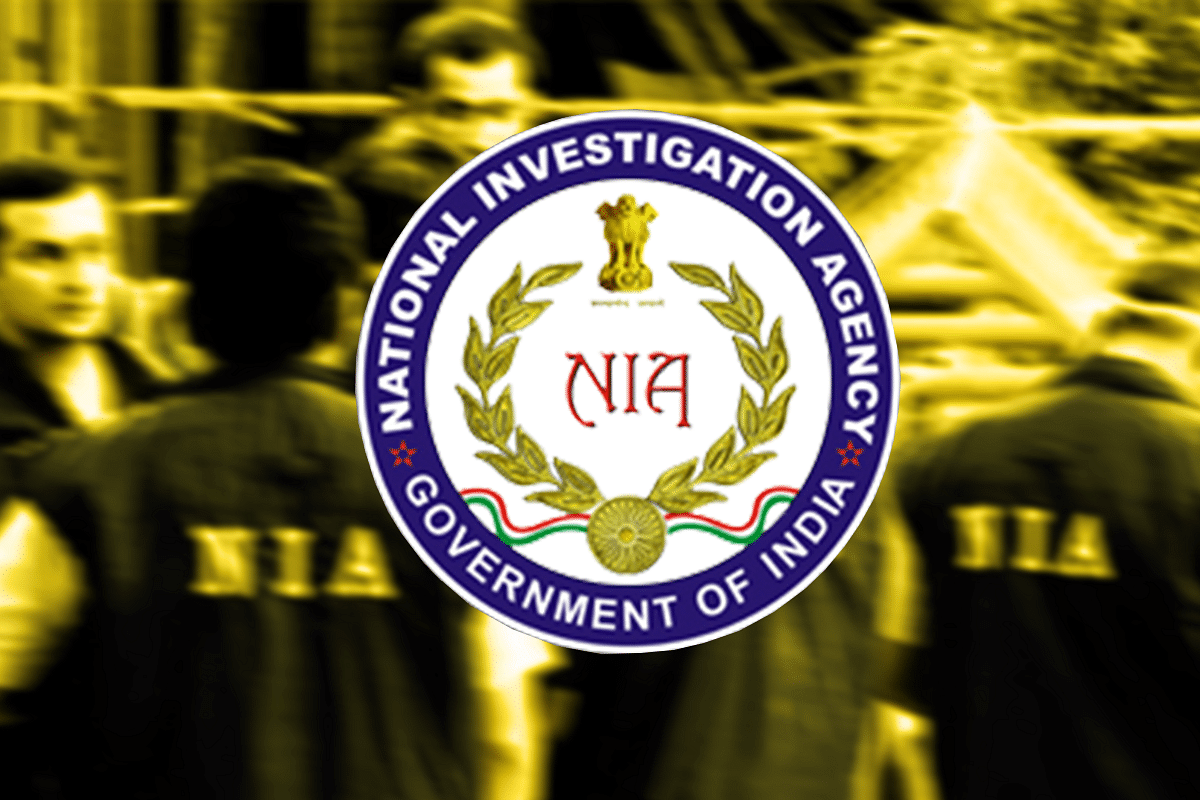Insta
NIA Court Sentences Two Bangladeshi Terror Group Members To Seven Years Rigorous Imprisonment

NIA
A special National Investigation Agency (NIA) court on Tuesday (29 September) convicted two members of Ansarullah Bangla Team (ABT), a proscribed terrorist organisation in Bangladesh, for conspiracy to commit terror attacks in India and sentenced them to seven years rigorous imprisonment.
An NIA spokesperson said that the NIA Court in Kolkata also slapped a fine of Rs 26,000 on Sahadat Hussain aka Babu, of Bangladesh’s Jessore, who was arrested on 23 November 2017, and of Rs 33,000 on Umar Farooque aka Mahi, a resident of Dhaka division, who was arrested on 28 November 2017.
Both were charged under several sections of the Indian Penal Code and the Unlawful Activities (Prevention) Act in the case registered by STF Kolkata on 21 November 2017 following the arrest of five ABT members in Kolkata. Four of the arrested ABT members were Bangladeshi nationals and one an Indian national. The NIA took over the case on 1 March 2018.
During investigation, it was revealed that the Bangladeshi members of ABT entered India in 2016 in pursuance of a conspiracy to commit terrorist acts in India.
“The accused persons travelled and stayed at Hyderabad, Pune and Mumbai in the guise of labourers,” the spokesperson said, adding that they tried to procure chemicals from a shop in Patna and tried to establish hideouts in Ranchi.
“The accused persons also tried to procure arms and ammunition in Kolkata. Several incriminating materials like a map of Sealdah Railway Station, Howrah Bridge, literature on explosives and bomb-making, fake Aadhaar Card, fake PAN Card were seized from their possession,” the official said.
The trial against remaining three arrested ABT members is still continuing.
(This story has been published from a wire agency feed without modifications to the text. Only the headline has been changed.)
Support Swarajya's 50 Ground Reports Project & Sponsor A Story
Every general election Swarajya does a 50 ground reports project.
Aimed only at serious readers and those who appreciate the nuances of political undercurrents, the project provides a sense of India's electoral landscape. As you know, these reports are produced after considerable investment of travel, time and effort on the ground.
This time too we've kicked off the project in style and have covered over 30 constituencies already. If you're someone who appreciates such work and have enjoyed our coverage please consider sponsoring a ground report for just Rs 2999 to Rs 19,999 - it goes a long way in helping us produce more quality reportage.
You can also back this project by becoming a subscriber for as little as Rs 999 - so do click on this links and choose a plan that suits you and back us.
Click below to contribute.
Latest